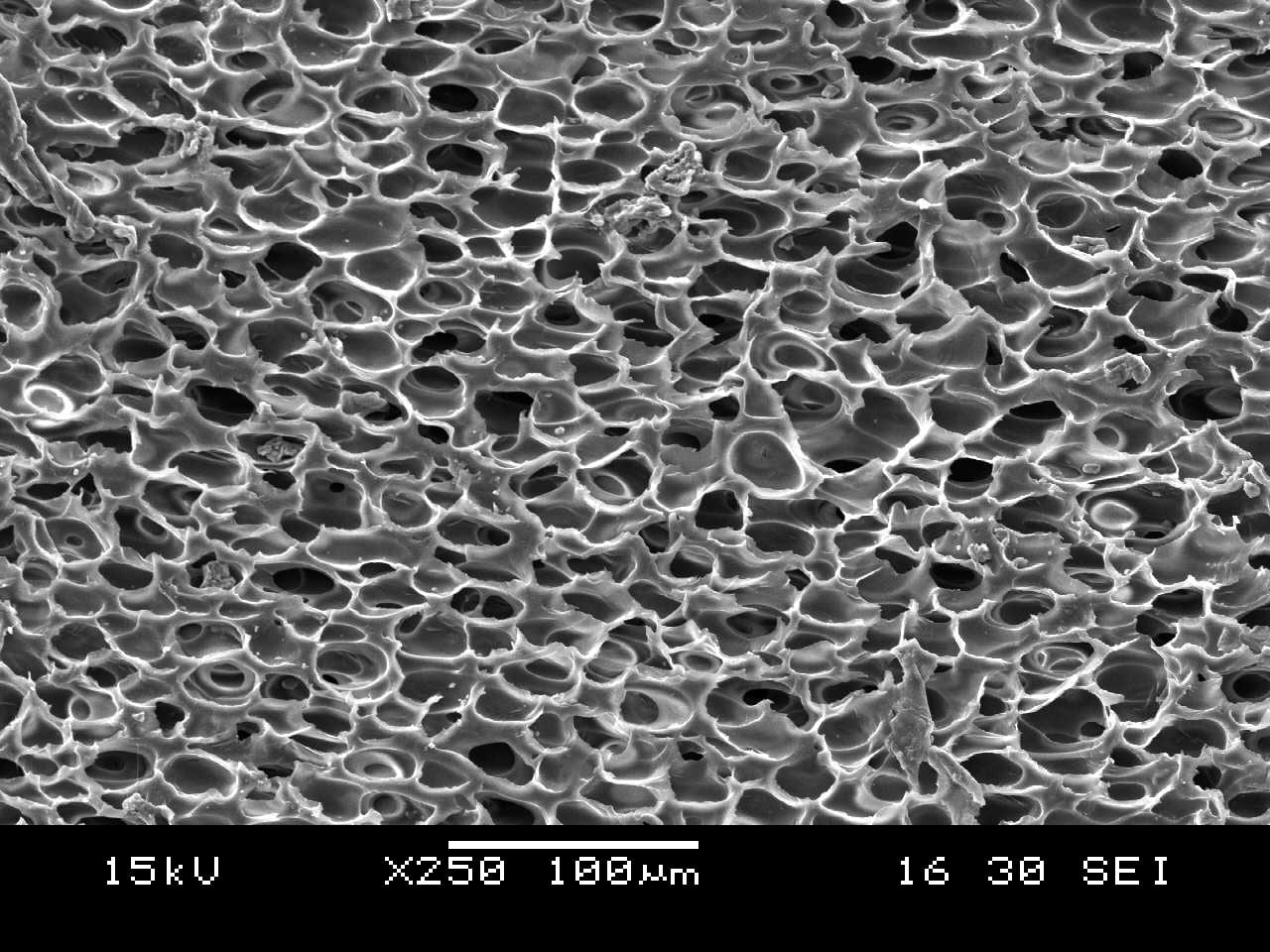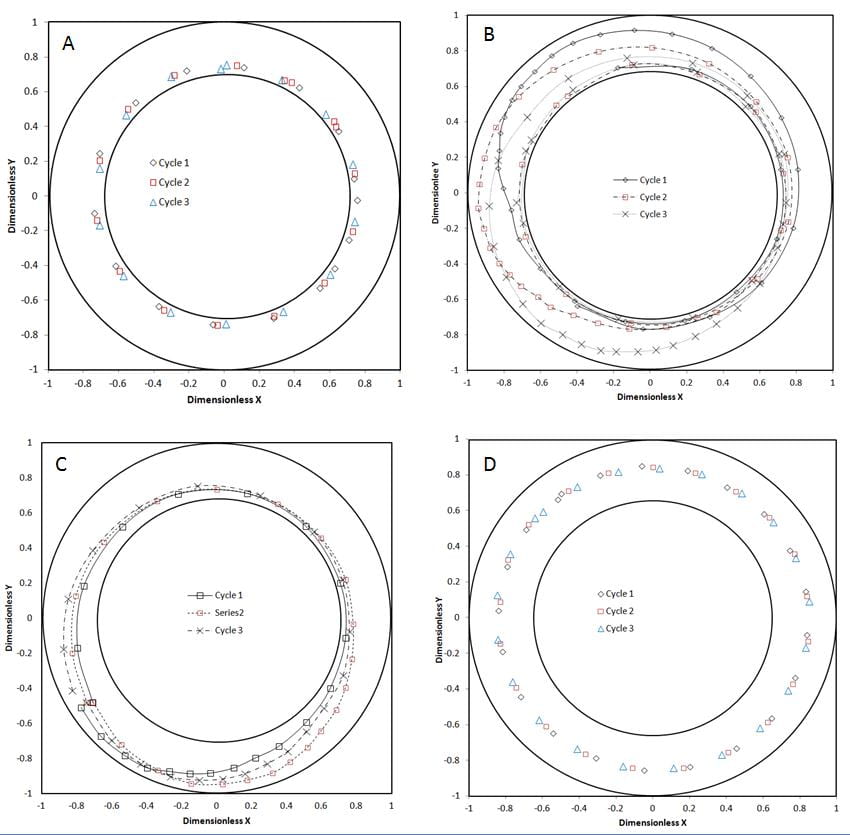Qiao Jian
Personal Particulars
Ph.D. Student
Personal Website
Education
Ph.D. (ChBE), NUS, 2008-2013.
B.Eng. (Chemical Engineering), Tsinghua University, China, 2004-2008.
Research Interests
Supercritical anti-solvent (SAS) precipitation
SAS is a method of fabricating microparticles. In this process, a solution of drug, polymer and organic solvent enters a chamber filled with anti-solvent (in the experiment, CO2 is the most commonly used anti-solvent). The solution is sprayed and the liquid jet breaks up into small droplets. At the same time, the anti-solvent (CO2) diffuses into the droplets, leading to a sharp decrease in solubility of drug and polymer. As a result, precipitation of drug and polymer occurs in the form of particles.
Fig. 1: SAS equipment.
Supercritical anti-solvent precipitation with enhanced mass transfer (SAS-EM)
SAS-EM is an improvement to the existing SAS precipitati
on technique. CO2 is also used as an anti-solvent. In this process, the solution jet is deflected by a surface vibrating at an ultrasonic frequency that atomizes the jet into even smaller microdroplets. On top of that, the ultrasonic field generated by the vibrating surface inside the supercritical medium enhances mass transfer and prevents agglomeration due to increased mixing.
Fig. 2: Fabrication of cell culture scaffold by supercritical CO2 gas foaming method.
Particle-liquid Flow in a Taylor-Couette Device in the Presence of Mobile Porous Particle
Taylor vortices can be formed by subjecting a viscous liquid to a shear stress in an annular space between two rotating cylinders and a stationary bottom surface. In this study, the light porous particle was introduced into a Taylor-Couette device with an aspect ratio (G) of 6 and a radius ratio (?) of 0.67. The interaction of floating light particles and Taylor vortices inside a Taylor-Couette system was investigated using a high speed camera and a laser-based non-invasive technique known as Particle Image Velocimetry (PIV). Moreover, FLUENT software was used to simulate the flow pattern of the fluid and analyze the particle motion. Our results show that the particle behavior in the Taylor-Couette device is strongly influenced by the Reynolds number, four types of particle behaviors were observed, which are the particle moved on a circular trajectory on the surface of the inner cylinder, an oval orbit, randomly motion between the circular trajectory and oval orbit, and trapped in the vortex center. In addition, the study of PIV shows that the trapped particle has local influence to the flow pattern and reduced the axial and radials velocity around the particle. The simulation from FLUENT helped to analyze the force exerted on the particle and expl
ain the particle behavior.
Fig. 3: Fabrication of cell culture scaffold by supercritical CO2 gas foaming method.
Study of Oxygen Transport in a Taylor-Couette Bioreactor
Taylor vortices can be formed by subjecting a viscous liquid to a shear stress within an annular space between two rotating cylinders and a stationary bottom surface. Taylor vortex flow is found in many practical applications such as reaction, filtration and extraction. In this study, Taylor vortex flow is applied in a bioreactor to culture cells that are seeded in degradable porous scaffolds. This choice is with reference to its advantages of low shear stress, high mass transfer rate and easy scaling-up characteristics. It is important to understand the transport phenomenon inside the bioreactor system for optimization on the performance. To avoid the shear stress caused by sparging, air bubbles are injected to form bubble rings inside the system. A high-speed camera is used to measure the bubble behavior, in conjunction with an oxygen sensor for in-situ measu
rements of the oxygen concentration in the flow field. The effect of flow pattern of bubbles on the oxygen consumption rate in the bioreactor is investigated for designing the optimal bubble size and bubble number for cell culture and tissue engineering applications.
Fig. 4. Typical trajectory of mobile particles at different Reynolds number regime; A: Trajectory at low Reynolds number regime, the particle the particle moved on the surface of inner cylinder; B: Trajectory at transition Reynolds number regime, the particle moved on the unstable orbit-moves along the circle and oval orbit alternately; C: Trajectory at moderate Reynolds number regime, the particle always sails along the oval orbit; D: Trajectory at high Reynolds number regime, the particle escapes from the oval orbit and moves to the center of vortex, thus its orbit evolves into a circle again.
Study of cell proliferation in porous scaffold in a TaylorCouette bioreactor
Taylor vortices can be formed by subjecting a viscous liquid to a shear stress in an annular space between two rotating cylinders and a stationary bottom surface. In recent years, Taylor vortex flow is found in many practical applications such as reaction, filtration and extraction. In this study, Taylor vortex flow is applied in a bioreactor to culture cells that are seeded in a degradable porous scaffold due to its advantages of low shear stress, high mass transfer rate and easy scaling up. The biodegradable porous scaffold is fabricated from solvent-free supercritical gas foaming technique. Cell seeding into the scaffold and proliferation inside the bioreactor is studied and compared with conventional bioreactor, and the optimal operation conditions are explored.
Journal Publications
J. Qiao, R, Deng, C.H. Wang, “Droplet Behavior in a Taylor Vortex”, International Journal of Multiphase Flow, 67, 132-139 (2014).
J.Qiao, C.M.J. Lew, A. Karthikeyan, C.H. Wang, ”Production of PEX protein from QM7 cells cultured in polymer scaffolds in a Taylor–Couette bioreactor”, Biochemical Engineering, 88, 179-187 (2014).
J. Qiao, R.S. Deng, C.H. Wang, “Particle Behavior in a Taylor Vortex”, International Journal of Multiphase Flow, in press (2015)
Conference Presentations
Eldin Wee Chuan Lim, Yu Xuan Tan, Jian Qiao, Chi-Hwa Wang, Particle Image Velocimetry Studies of a Taylor Vortex System with Immobilized Porous Scaffolds, APPCHE annual meeting, Taipei, 2010.
Jian Qiao, Eldin Wee Chuan Lim and Chi-Hwa Wang, Bubble Behavior and Oxygen Transport In a Taylor-Couette Bioreactor, AICHE annual meeting, Minneapolis, 2011.
Jian Qiao, Chi-Hwa Wang, Flow Characterization In a Taylor-Couette Bioreactor In the Presence of Mobile Scaffolds, AICHE annual meeting, Minneapolis, 2011.



